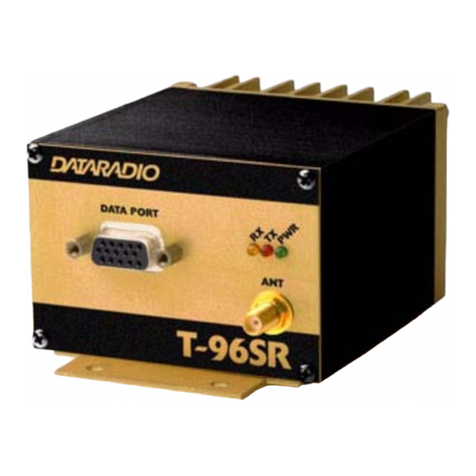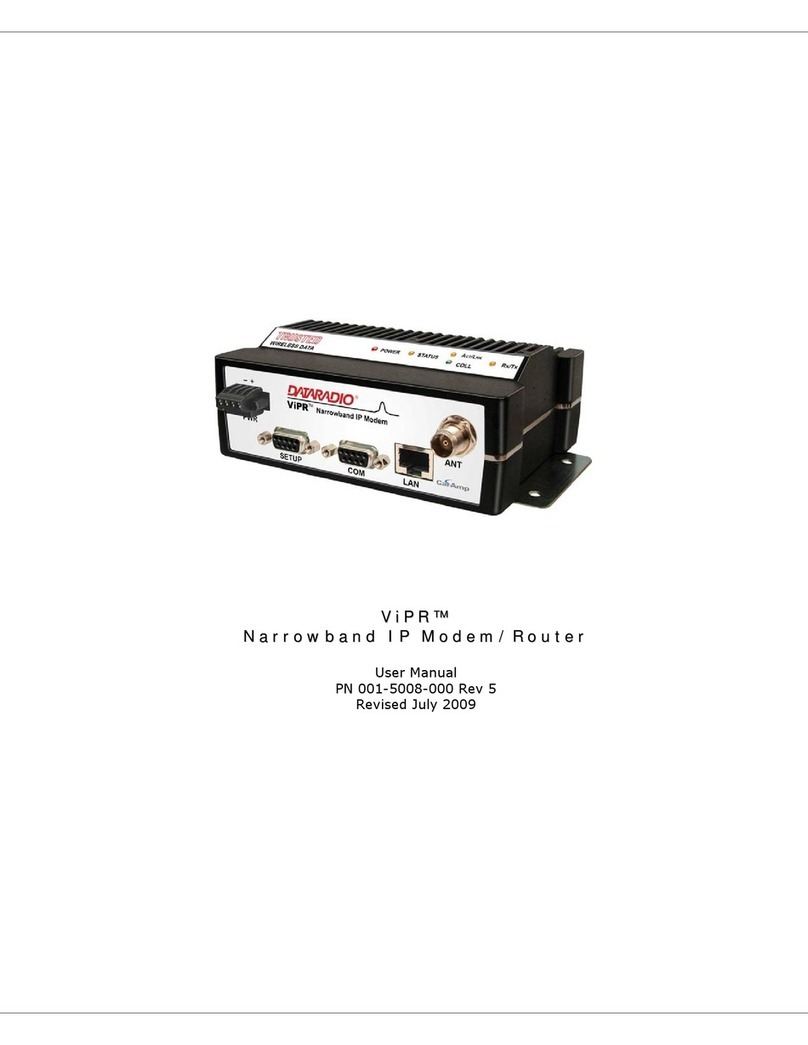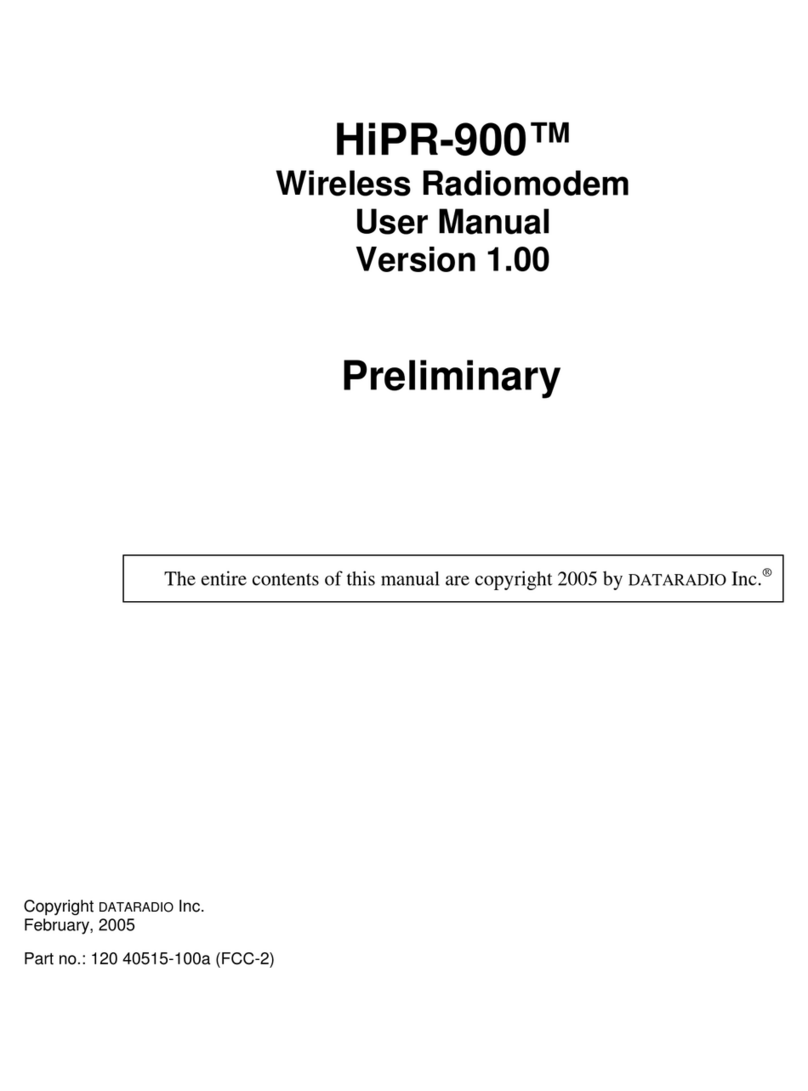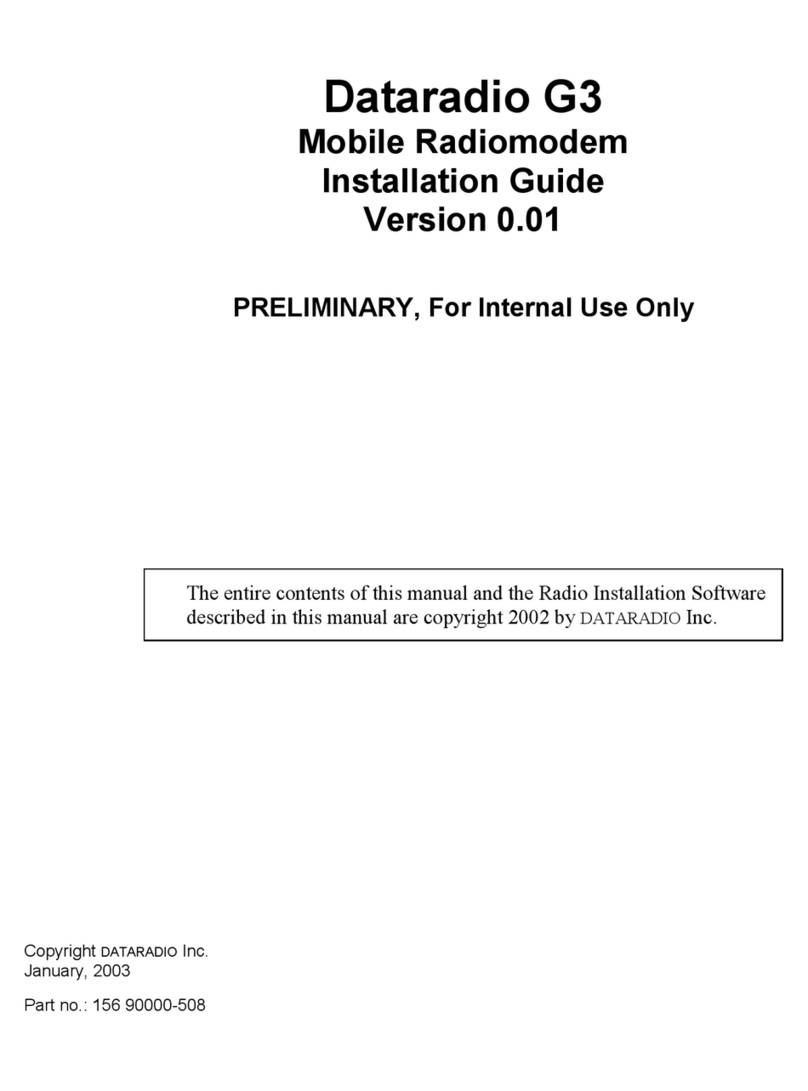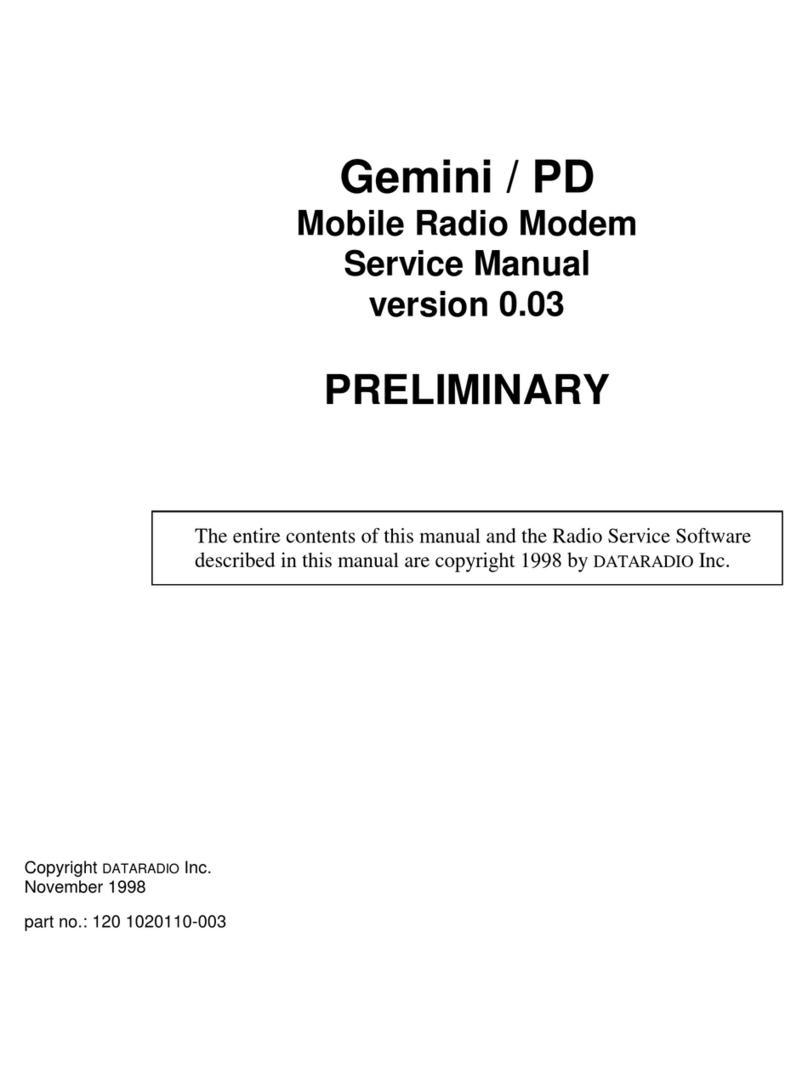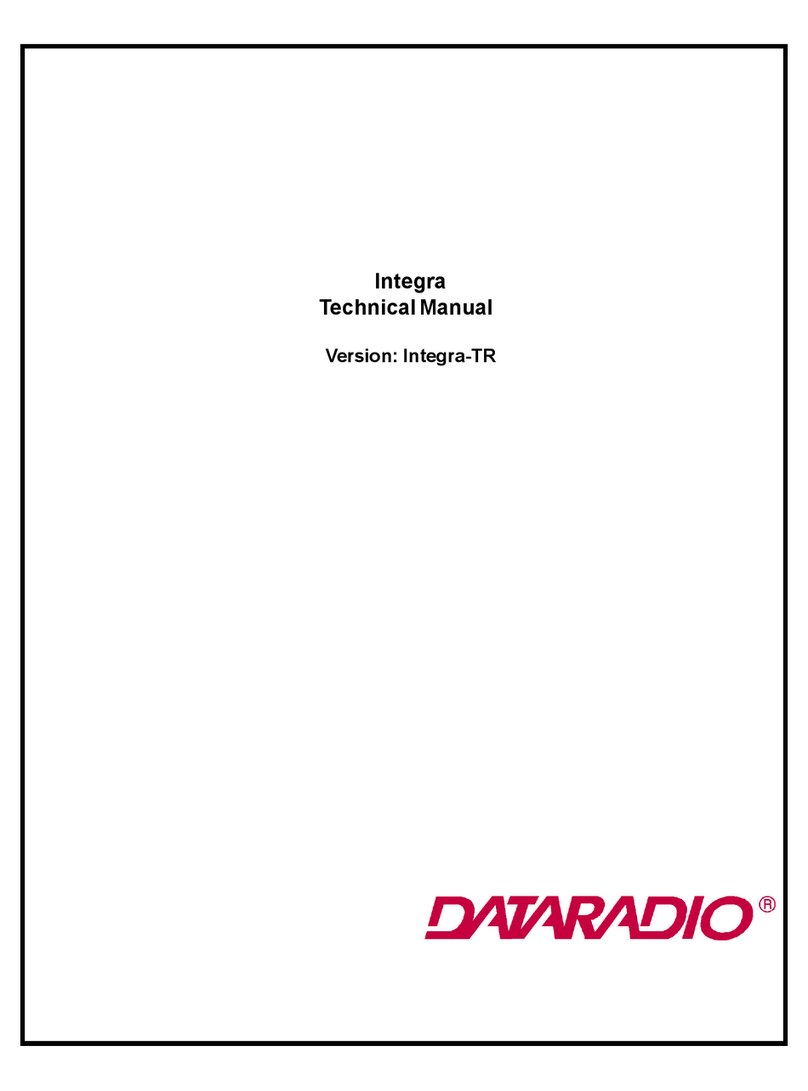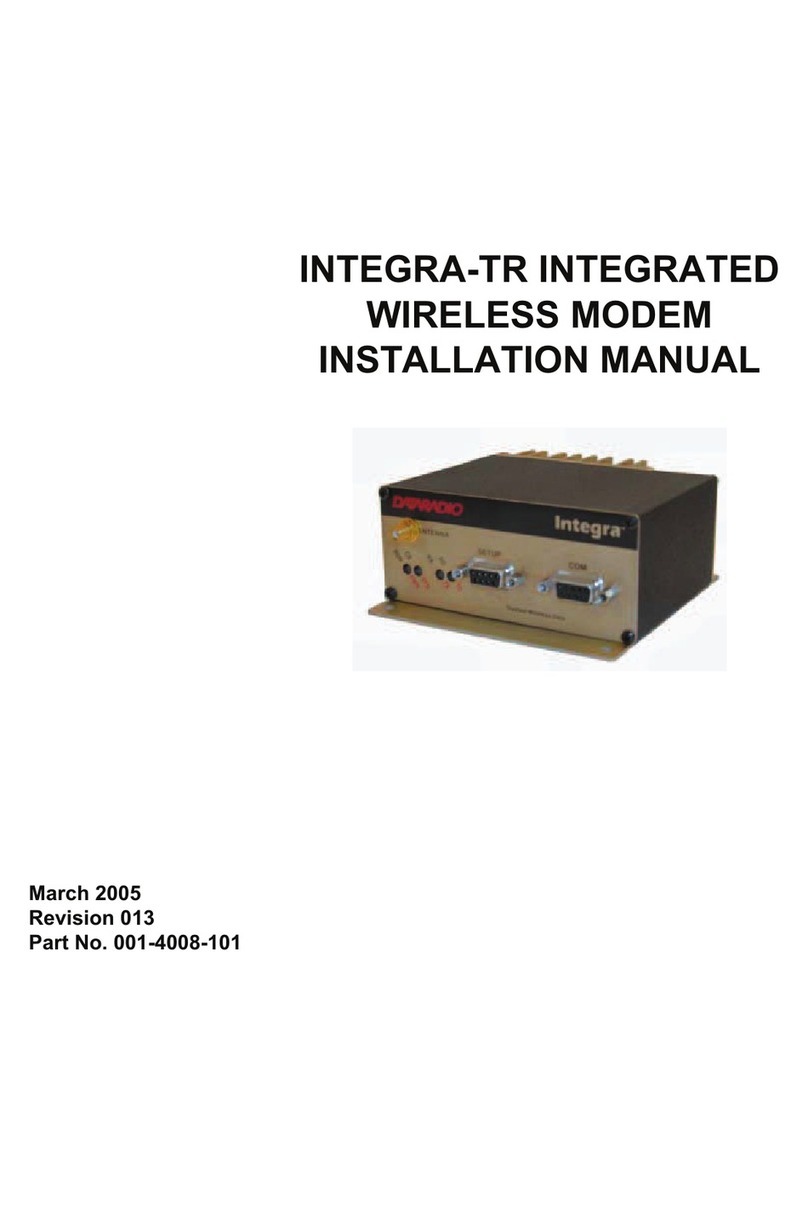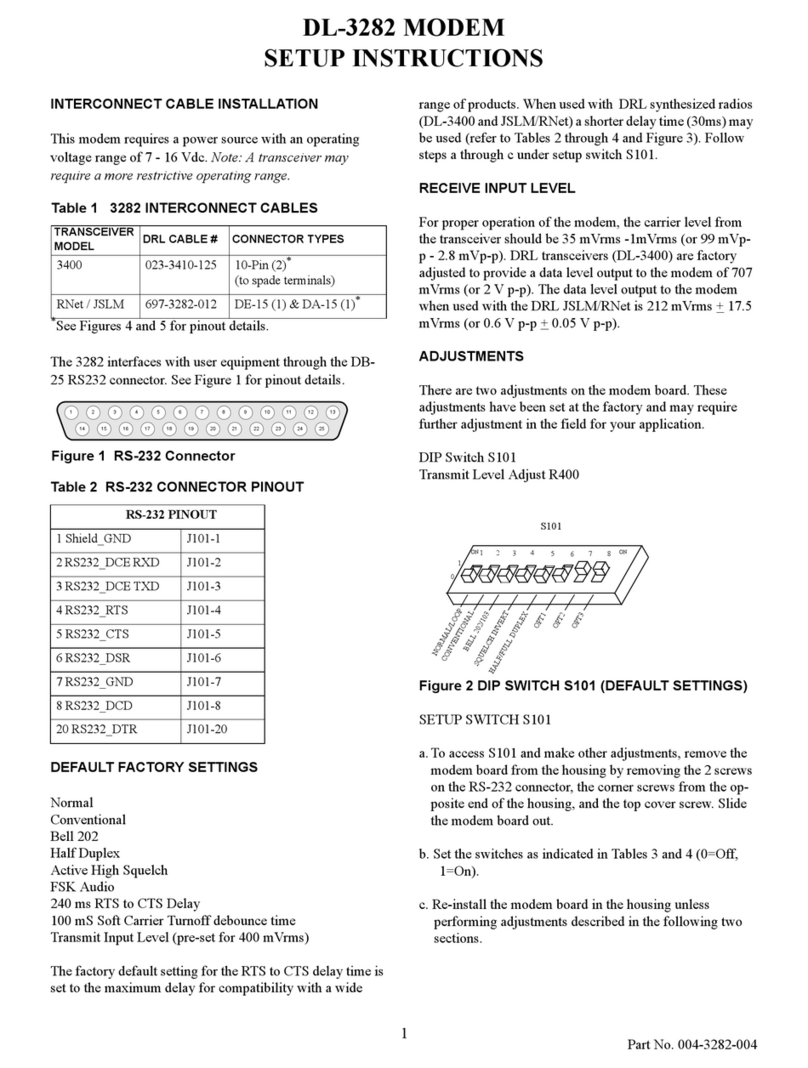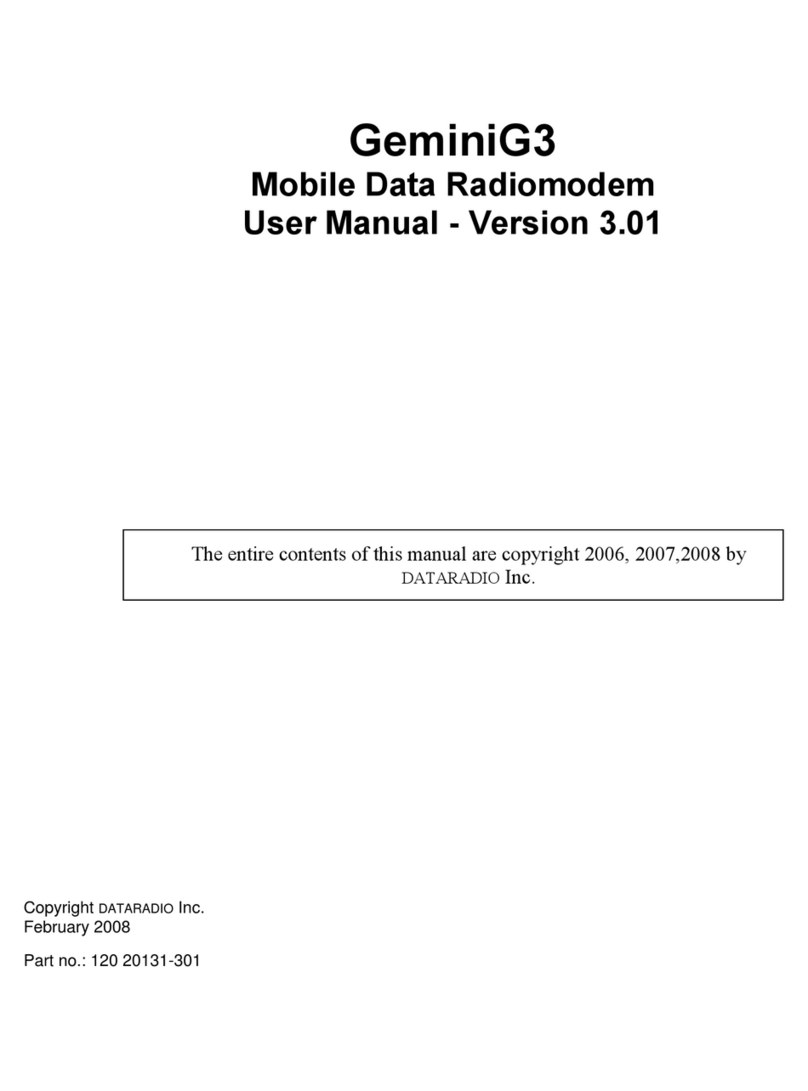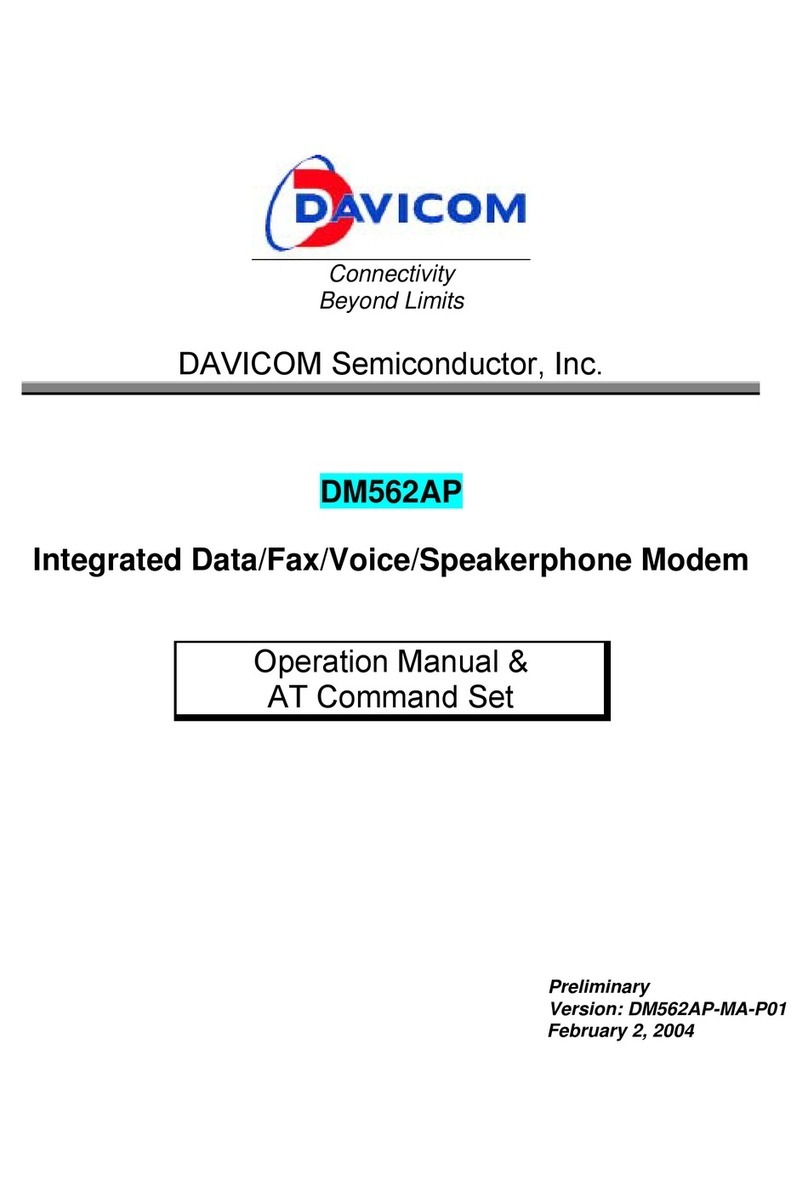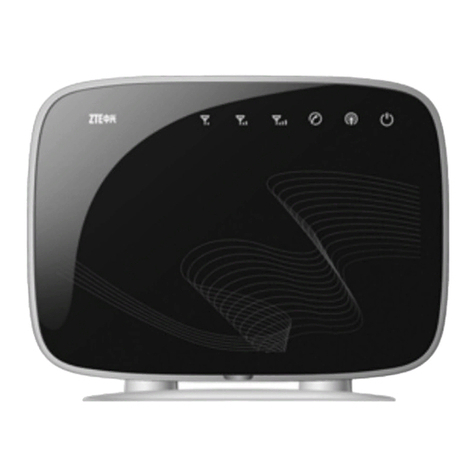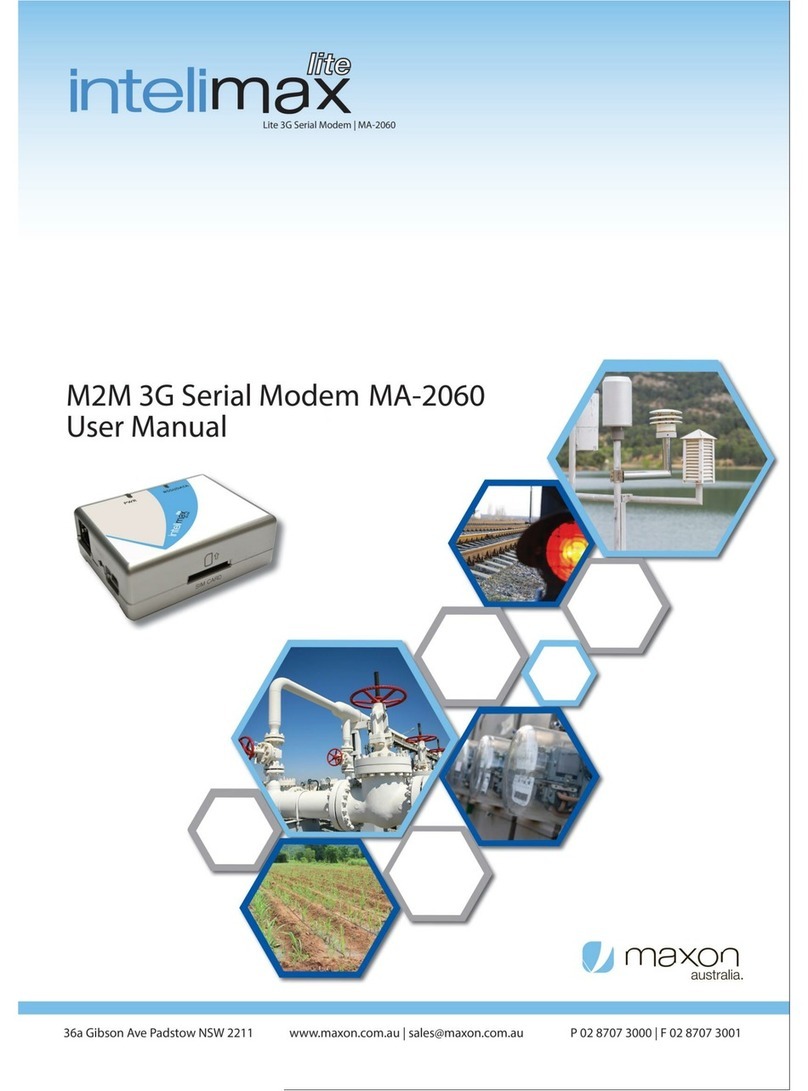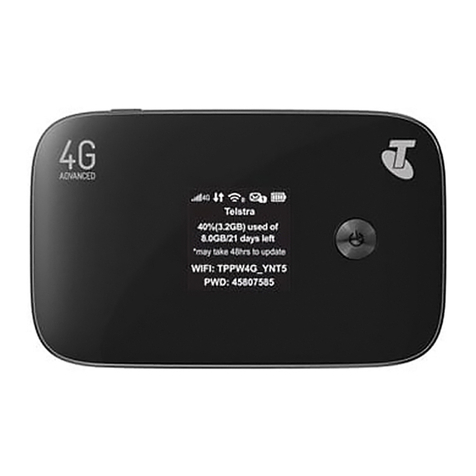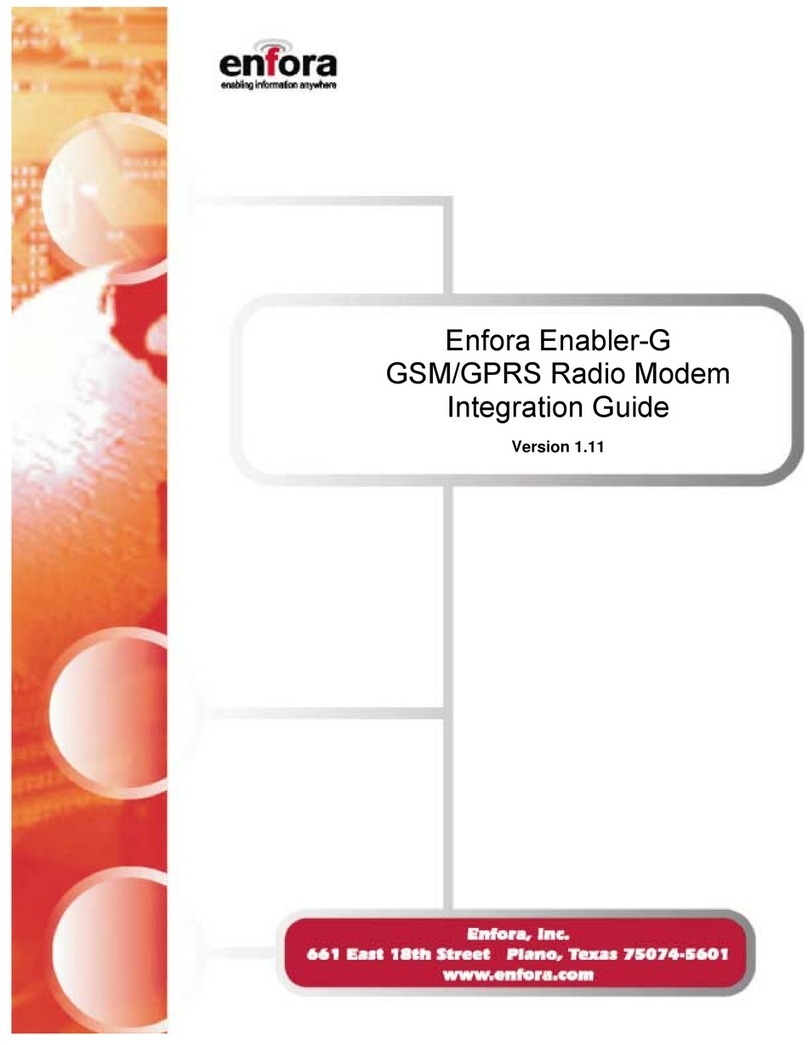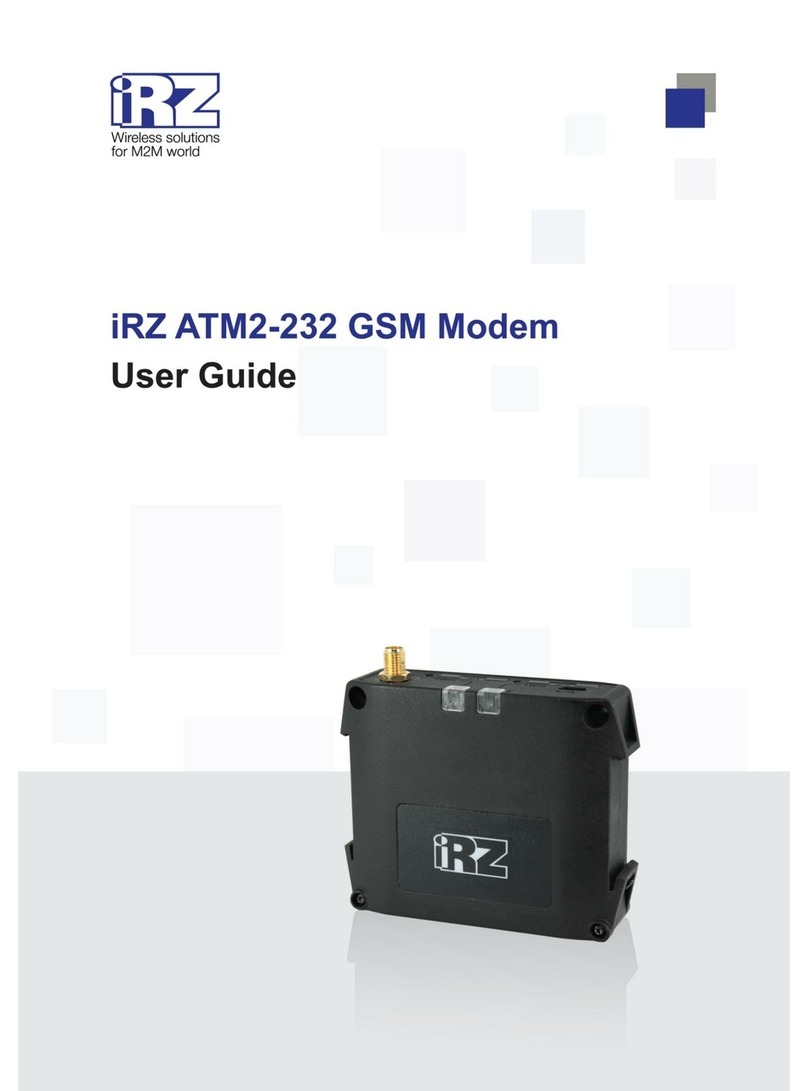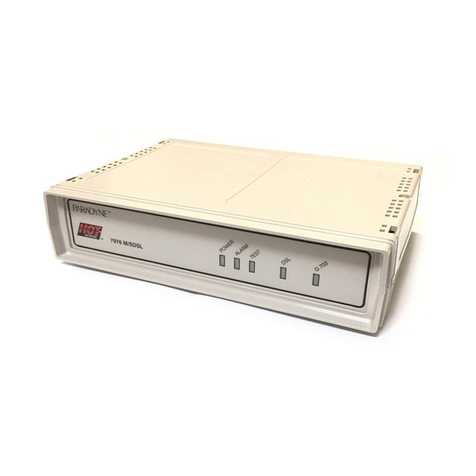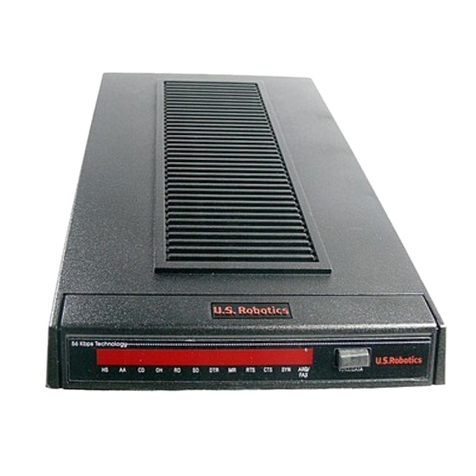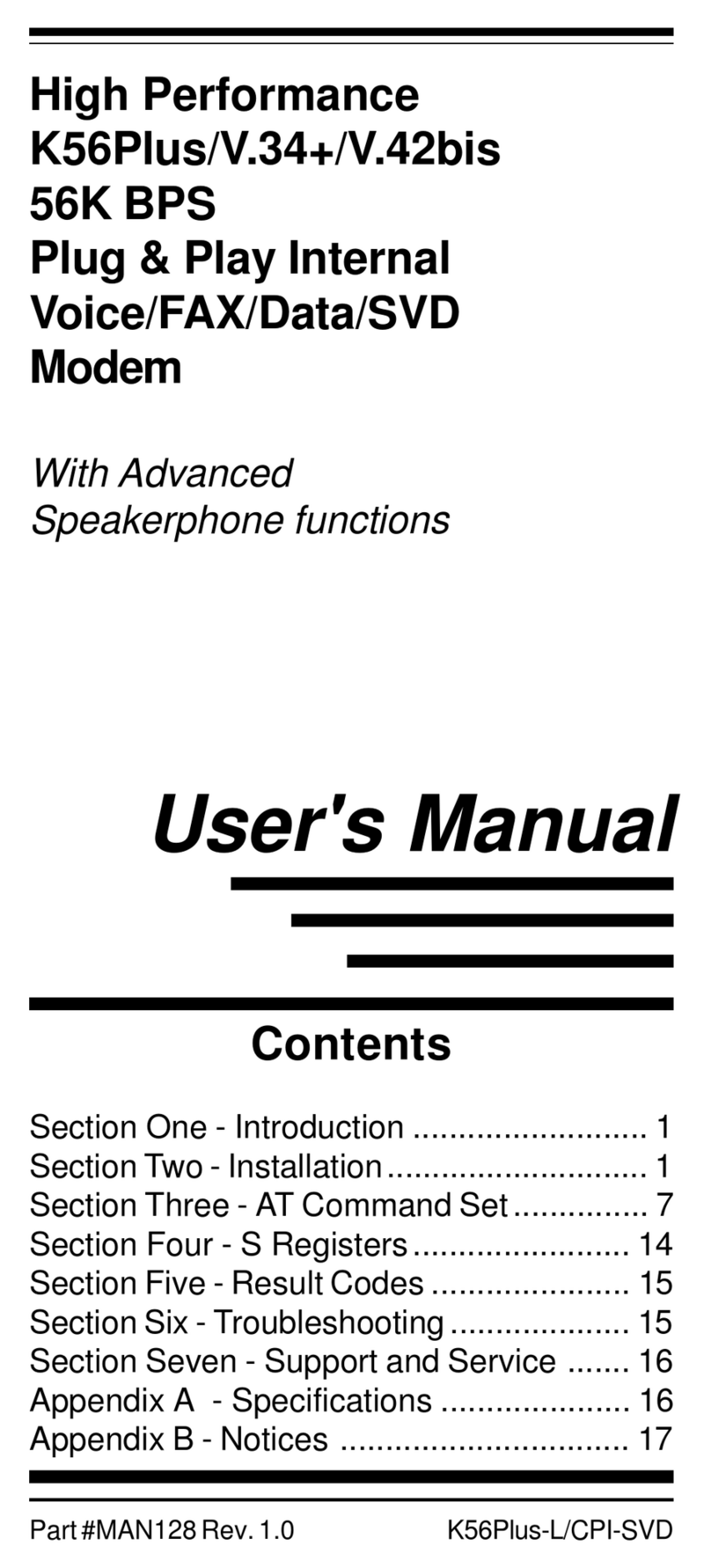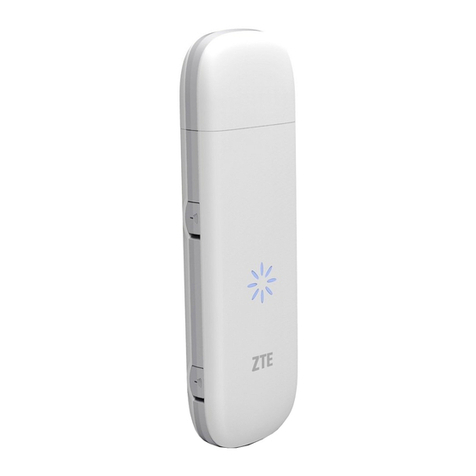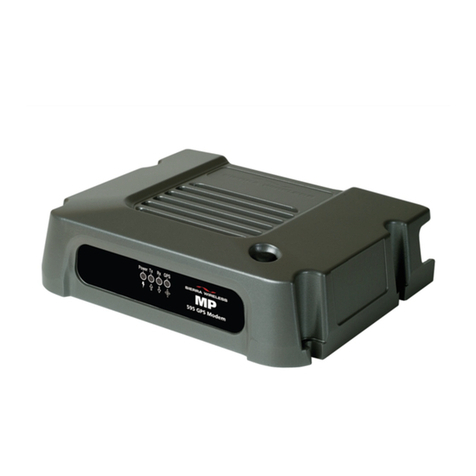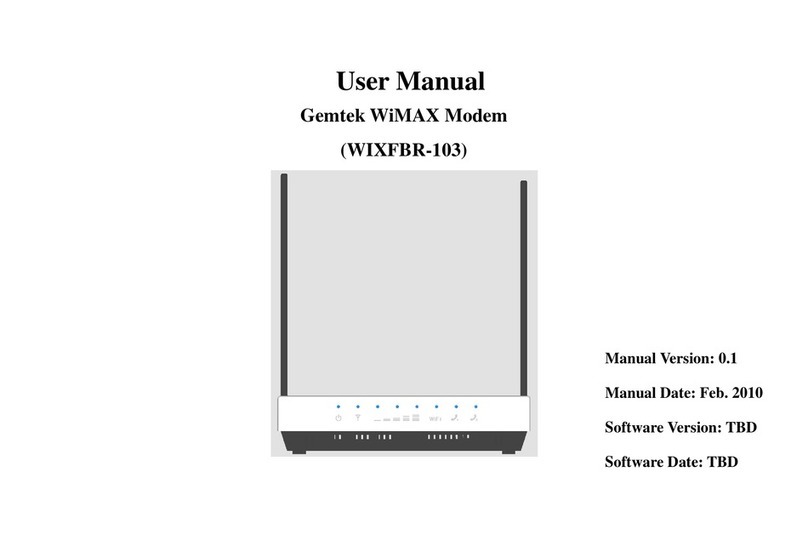
120 20120-105 Preliminary Gemini
+Installation Guide
3
2. Installation
2.1 Planning the Installation
2.1.1 Overview
To ensure trouble-free, efficient installation,
start by inspecting the vehicle to determine the
optimum position for GeminiPD+ and its anten-
nas as well as the routing of all associated ca-
bling and wiring.
2.1.2 Location
Often, installations in cars are done in the
trunk, underneath the back window ledge or on
the trunk floor. In vans and small trucks, it is
usually done in the back of the vehicle. In
large vehicles, it is often done in the front
cabin.
Be sure to place the GeminiPD+ unit in such a
way that:
•The LEDs can be seen (as an aid in trou-
bleshooting)
•Access to the antenna DE-9 connectors is
possible without removing the unit
•Sufficient air may flow around the unit to
provide adequate cooling
GeminiPD+ is not fully waterproof, therefore it
should be mounted sufficiently away from an
opened trunk lid or opened tailgate, windows
or doors to avoid exposure to rain and/or snow.
It also minimizes the chance that material can
be accidentally thrown on the unit or of some-
one bumping against it.
2.1.3 Cable Path
Try to route the cables away from locations
where they would be exposed to heat (exhaust
pipes, mufflers, tailpipes, etc.), battery acid,
sharp edges, mechanical damage or where they
would be a nuisance to automobile mechanics,
the driver or the passengers.
Keep wiring away from automotive computer
modules, other electronic modules and ignition
circuits to help prevent interference between
these components and radio equipment.
Try using existing holes in firewall and trunk
wall and the channels above and below or be-
neath the doors, channels through doors and
window columns that are convenient to run
cables and wires.
Whenever possible, install conduit in which to
run the cables.
2.2 Warnings
Before starting installation, review all of the
following warnings.
2.2.1 RF Radiation warning
Recommended safety guidelines for the human
exposure to radio frequency electromagnetic
energy are contained in the Canadian Safety
Code 6 and the Federal Communications
Commission (FCC) Bulletin 65. Proper instal-
lation of the transceiver antenna of GeminiPD+
as summarized in section 2.5 will result in user
exposure substantially below the recom-
mended limits for the general public.
Qualified personnel must do all antenna in-
stallations. See paragraph 2.5.2 for recom-
mended antenna positioning.
Transmissions when persons or animals out-
side the vehicle are within two feet of the an-
tenna may result in radio energy radiation
burns or related injuries.
2.2.2 Interference with vehicular
electronics
Certain vehicle electronic devices may be
prone to malfunction due to lack of protection
from radio frequency energy present when
transmitting.
It includes, and is not limited to:
-Electronic fuel injection systems
-Electronic anti-skid braking systems
-Electronic cruise control systems
If the installation vehicle contains such equip-
ment, consult the dealer for the make of vehi-
cle and enlist his aid in determining if such
electronic circuits will perform normally when
the radio is transmitting.
2.2.3 Secure mounting
For vehicle occupant(s) safety, mount Gem-
iniPD+ securely so that the unit will not break
